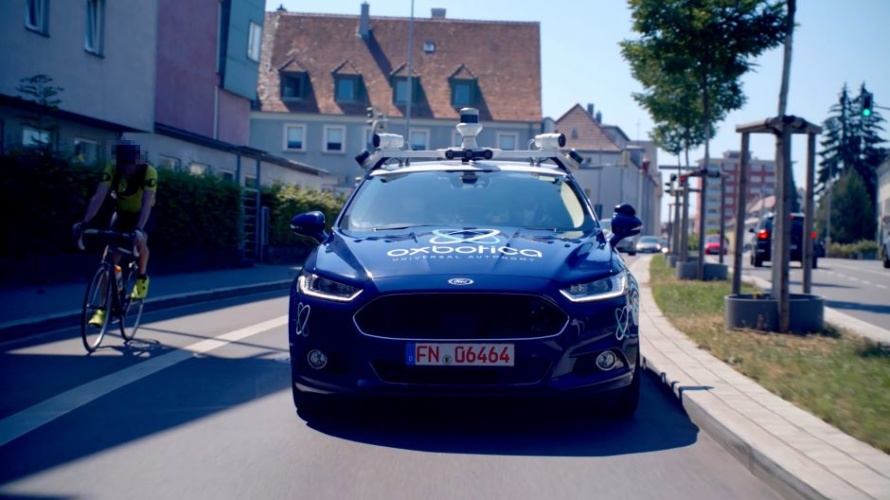The Oxford-based autonomous vehicle (AV) software company is the first from the UK to be granted an AV permit recommendation from the independent inspection body TÜV SÜD.
The official trials started in July, 2020 on public roads near Friedrichshafen, with a fleet of vehicles navigating a complex urban environment.
Oxbotica and Cisco join forces on driverless data challenge
DRIVEN consortium on road to autonomous success
Christian Pahlke, Head of Software & System at TÜV SÜD Highly Automated Driving, said: “Oxbotica’s automated driving software has proven itself capable of passing our demanding safety assessment framework, successfully completing physical real-world tests and scenario-based simulations.”
Around two-thirds of the world’s population live in a country where cars drive on the right-hand side, a scenario that presents different situational challenges and road markings compared to countries that drive on the left.
Having completed trials in the UK, the German AV permit means Oxbotica’s software has now proved itself capable of following the rules of the road and driving on the right in real-world conditions, bringing the company closer towards the international commercial deployment of its autonomous software stack.

In a statement, Oxbotica CEO Ozgur Tohumcu said: “The landmark TÜV SÜD AV permit recommendation in Germany allows us to test in one of the world’s leading automotive markets, helping accelerate future deployments both in the region and globally.
"Our ability to understand and adapt to the rules of the road for driving both on the left and right-hand side of the road provides a fast route to market for our autonomous vehicle software.”
“By testing these vehicles’ ability to drive on both sides of the road, Oxbotica’s public trials are opening the door to international markets and making sure that UK industry is at the forefront of innovation as we build back better from the pandemic,” added Nadhim Zahawi, the UK’s minister for business and industry.




Viking Link connects UK and Danish grids
These underwater links must, based on experience with gas pipelines, be vulnerable to sabotage by hostile powers. Excessive dependency on them could...